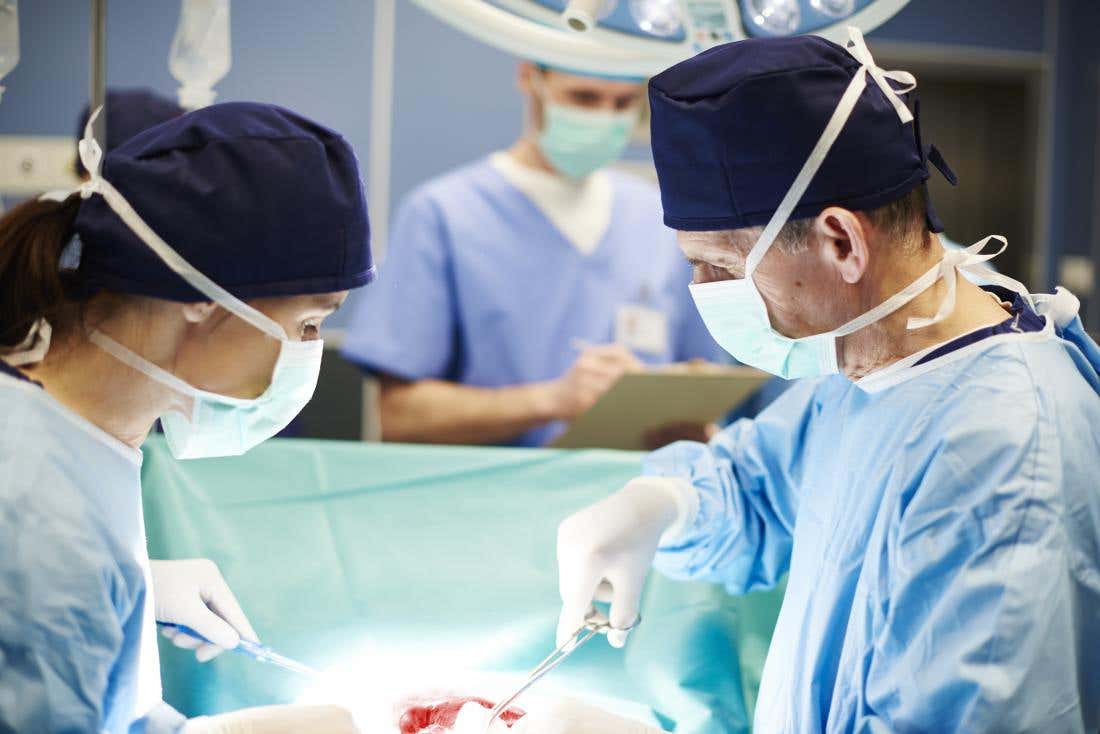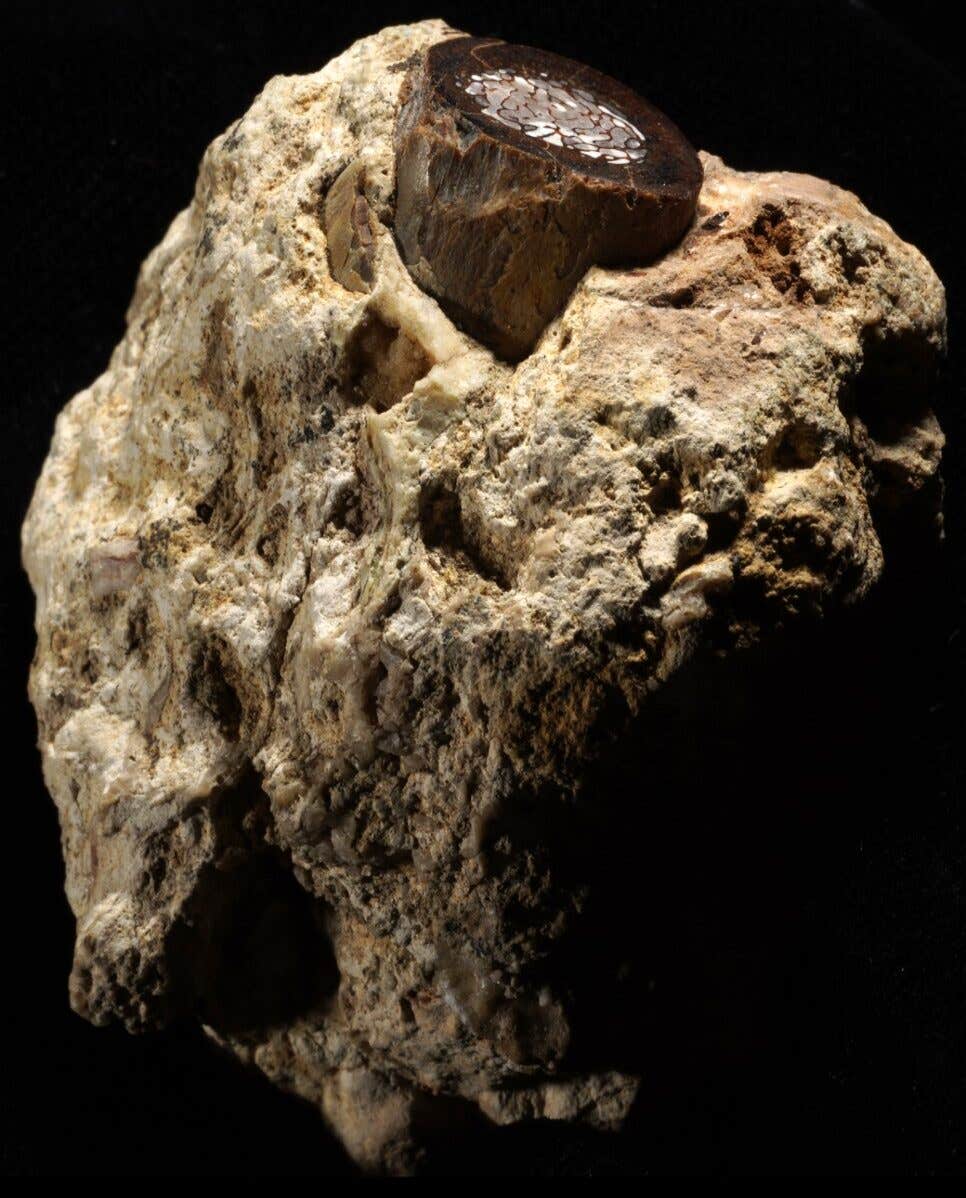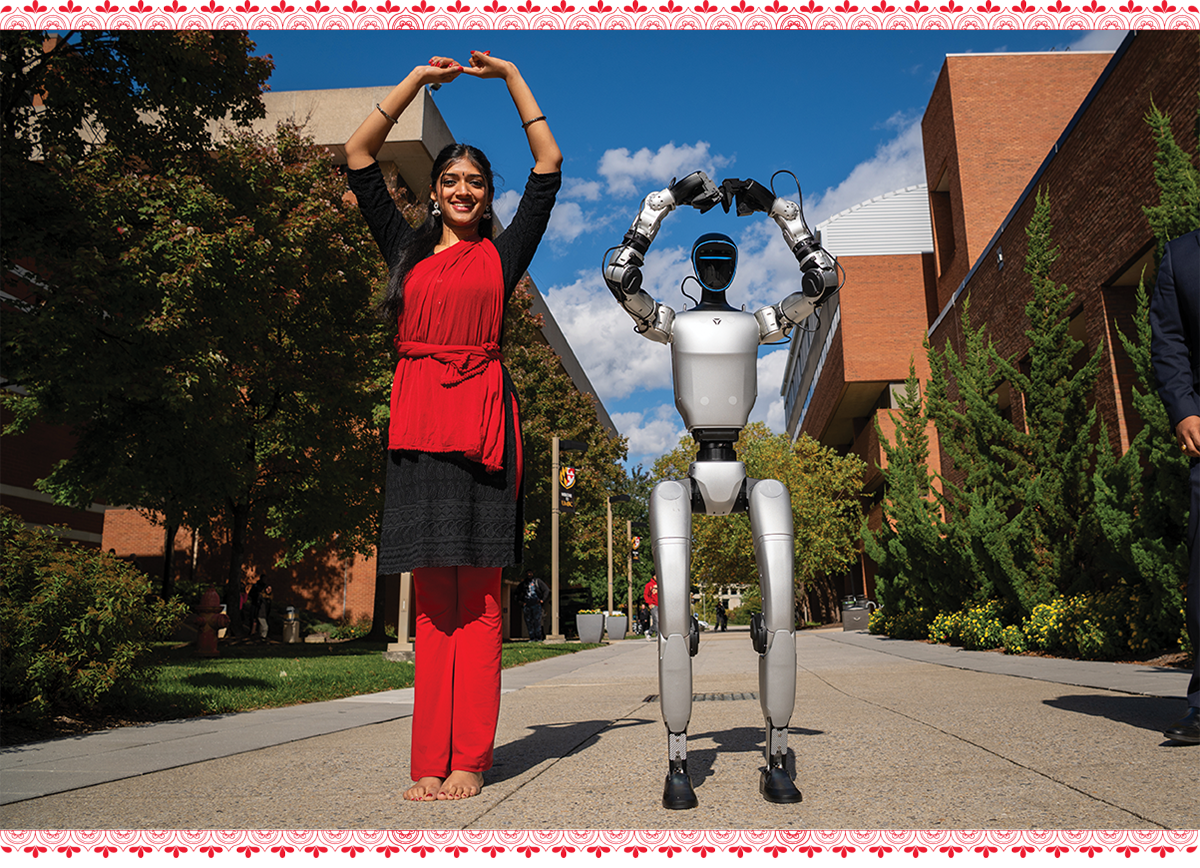New discovery paves the way for ‘impossible’ organ transplants – saving countless lives
Cryogenic damage has long been a significant barrier to effective organ preservation, complicating advancements in transplantation and medical treatments.

Such advancements could transform medical practices, making previously impossible organ transplants a reality and saving countless lives. (CREDIT: Creative Commons)
A groundbreaking study has revealed that specialized proteins can significantly delay ice crystal formation, even at temperatures as low as -80 degrees Celsius. This discovery has the potential to revolutionize freezing methods, opening up new possibilities for the long-term preservation of tissues and organs. Such advancements could transform medical practices, making previously impossible organ transplants a reality and saving countless lives.
Cryogenic damage has long been a significant barrier to effective organ preservation, complicating advancements in transplantation and medical treatments. Ice crystals formed during freezing can damage cellular structures, leading to irreversible harm and organ failure. However, a team led by Prof. Ido Braslavsky, Dr. Vera Sirotinskaya, and Dr. Liat Bahari from the Hebrew University, in collaboration with Dr. Victor Yashunsky from Ben Gurion University and Dr. Maya Bar Dolev from the Technion, has found a promising solution.
Cryogenic damage affects thousands of people worldwide who need organ transplants. Each year, millions are diagnosed with conditions treatable by transplants, yet a shortage of viable, preserved organs leaves many on long waiting lists. The inability to preserve organs for extended periods means that many organs are discarded due to ice crystal damage and other cryogenic effects. This limitation reduces the number of transplants performed and exacerbates the organ shortage, impacting the health and survival of countless patients who rely on these life-saving procedures.
Building on previous research into ice-binding proteins (IBPs), this study demonstrates how antifreeze proteins (AFPs) can mitigate cryogenic damage and revolutionize organ freezing techniques. By strategically using different types of AFPs, such as AFPIII from fish and TmAFP from flour beetle larvae, the research team successfully delayed crystallization and influenced devitrification at temperatures below -80 degrees Celsius.
The study used a state-of-the-art microscope stage capable of precise temperature control and rapid cooling at a rate of 100 degrees Celsius per second. Samples containing antifreeze proteins were compared with those without. These samples were not frozen to -180 degrees Celsius, but when thawed gradually, some remained frozen while others did not. The samples were analyzed under a microscope.
"The findings of our research mark a significant step forward in organ preservation technology," explained Dr. Maya Bar Dolev. "By inhibiting crystallization and crystal growth, antifreeze proteins hold immense promise for extending the viability of frozen organs and enabling previously impossible transplants."
Prof. Ido Braslavsky emphasized the potential impact of this breakthrough: "This advancement opens doors to a new era in tissue preservation and organ transplantation. With further development, we envision longer preservation periods, enhanced quality during transport, and innovative transplant procedures, including complex organ combinations like heart-lung transplants and uterine tissue transplants."
The implications of this research are profound, offering hope for improved organ availability, extended preservation windows, and ultimately, saving countless lives. As the field of tissue preservation embraces the potential of antifreeze proteins, the future of organ transplantation shines brighter than ever before.
This breakthrough promises to change how we approach organ preservation. Currently, the shortage of viable organs means many patients die while waiting for transplants. By using antifreeze proteins to extend the preservation time of organs, the number of successful transplants could increase, giving more patients a chance at life.
Additionally, this technology could improve the quality of preserved organs. Organs that are frozen and thawed without damage are more likely to function properly once transplanted. This could lead to better outcomes for transplant recipients and reduce the risk of complications.
In the long term, the use of antifreeze proteins could lead to new types of transplants. For example, combined organ transplants, such as heart-lung transplants, which are currently very difficult due to the need to preserve multiple organs simultaneously, could become more feasible. Similarly, the ability to preserve tissues for longer periods could enable more complex transplant procedures, such as uterine transplants, which are currently experimental.
By reducing cryogenic damage and extending the viability of preserved organs, this technology has the potential to save many lives and improve the quality of life for transplant recipients.
Note: Materials provided above by the The Brighter Side of News. Content may be edited for style and length.
Like these kind of feel good stories? Get the Brighter Side of News' newsletter.



